
views
Testing Your Pool's pH

Test the pool water's pH level with test strips. Get pH testing strips at your local pool store, big-box store, or order them online. Follow the product’s instructions, which are typically dipping the strip into the water and checking its color against the range listed on the product. Some pH test kits require you to fill a small tube with pool water and add drops which change color based on the pH.
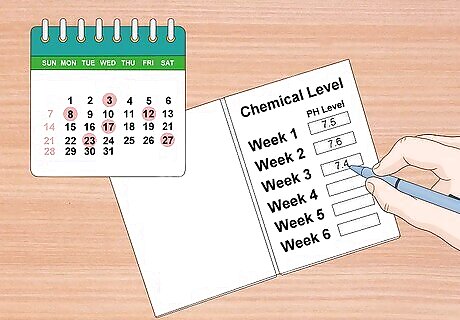
Check the chemical levels one to two times per week. Record the pH level in a small notebook to track the change over time. The pH of your pool changes frequently due to many causes. This is why it's important to check often. Write the pH down in a notebook to track it as it changes over time.
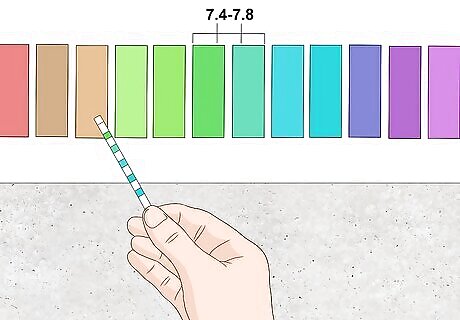
Aim for a pH level of 7.4 to 7.8.. Test strips change color when exposed to water. The color corresponds to the pH level. Match the color to the package and you’ll find the current pH level. The ideal pH level for a pool is between 7.4 and 7.8. Determine how many points you need to raise the pH. For example, the color of your test strip might show the yellow of a banana. According to your product, this means the pH level is 7.2. You’d want to raise the pH by a minimum of .2 and a maximum of .6.
Calculating Your Soda Ash Needs

Calculate the number of gallons (liters) in your pool. If you already know how many gallons (liters) your pool holds, use that number. If you need to figure out the number of gallons (liters), you’ll multiply the volume by a multiplier based on the shape of the pool. Use a measuring tape. For a rectangular pool, the formula is length X width X average depth X 7.5. If your pool has a deep end and a shallow end, measure the depth of each, add them, and divide by two to figure out the average depth. For a round pool, the formula is diameter X diameter X average depth X 5.9. If part of the pool is deeper, take the shallow depth plus the deeper depth and divide the number by two. For abnormally shaped pools, adjust these formulas to figure the gallons (liters) in each section, or ask a pool expert for an estimate on how many gallons (liters) your pool holds.
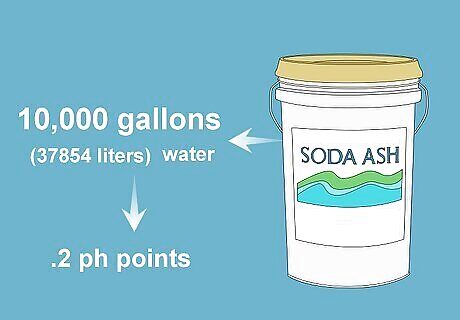
Figure out how much soda ash you need. Use about six ounces (170 g) of soda ash to raise 10,000 gallons (37854 liters) of water by .2 pH points. Start with this figure as a guide, and add more soda ash later if you need to raise the pH by more. For example, you test the pH of the water and it shows 7.2. You want to raise it to 7.6. Your pool holds exactly 10,000 gallons (37854 liters) of water. Use 12 ounces (340 g) of soda ash for the first round.
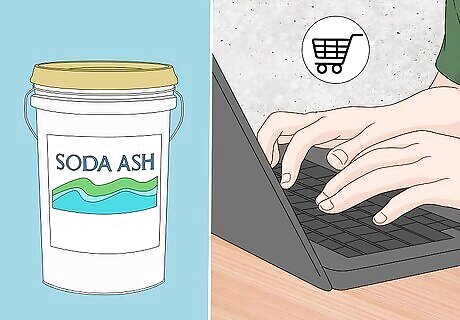
Buy the soda ash at a pool store or order it online. Soda ash may be labeled by many different manufacturer names. Look at the ingredients of the product and make sure sodium carbonate is the active ingredient. If you aren’t sure what to buy, ask an employee which products contain soda ash. If you don’t have a pool store near you, check at a water treatment store, hardware store, or big-box store like Walmart.
Adding Soda Ash to the Pool
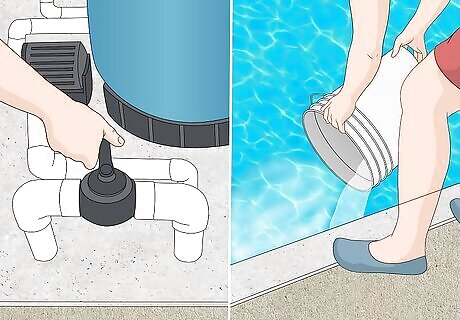
Leave the pool filter on while you add the soda ash. Soda ash works best when it can circulate throughout the pool. To make sure this happens, run the pool filter on its regular circulation setting. If you’ve turned the filter off to clean the pool, turn it back on.
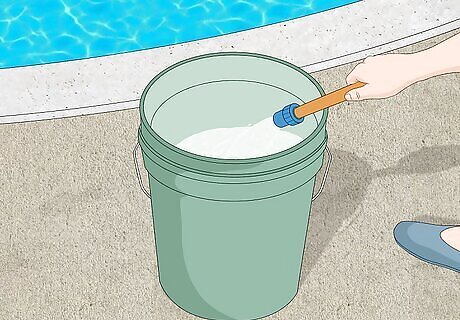
Get a five gallon (19 liter) bucket and fill it with water. You don’t want to throw the soda ash directly into the pool because it won’t mix in evenly enough. Instead, dissolve it into water and spread that into the pool. If you don't have a five gallon bucket, any bucket will work. Mix the soda ash into at least one gallon (3.8 L) of water. It's important to fill the bucket first and add the soda ash second.
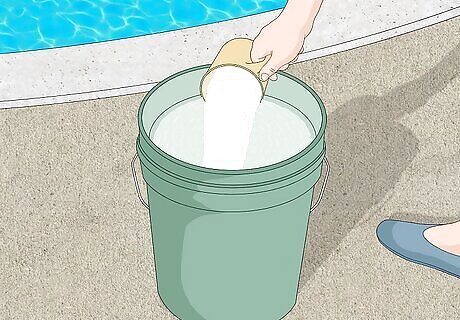
Measure the soda ash into the bucket of water. Measure out the soda ash you need based on the amounts described above. Use a basic kitchen measuring cup or a scale to measure out the amount you need. Pour the soda ash into the bucket of water. Remember, don't put the soda ash into the bucket before the water.
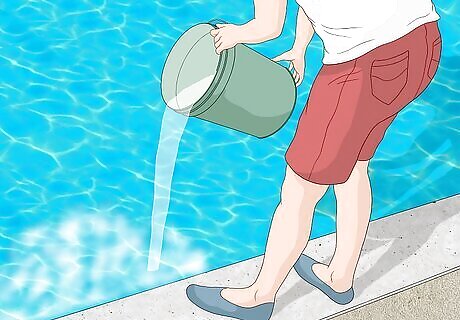
Pour the soda ash water around the pool. For in-ground pools, walk around the perimeter, slowly pouring the water from the bucket into the pool. For above ground pools, pour it around the edge of the pool as best you can. If you want, use an old plastic cup to scoop water out of the bucket and toss a cupful at a time into the pool.

Check the pH of the water after one hour. Give the soda ash time to circulate throughout the pool and alter the pH of the water. After one hour, grab another test strip and dip it into the water. See if the pH is in the range you need it to be.
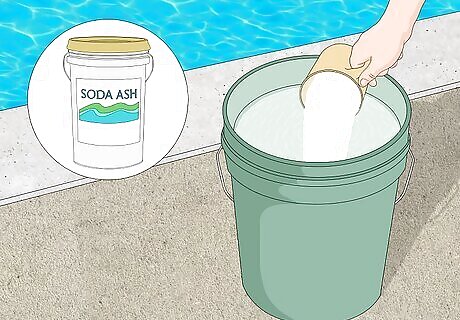
Add more soda ash as needed. You generally don’t want to add more than one pound (454 g) total of soda ash per 10,000 gallons (37854 liters) of water. If you add more than that, the water starts to become cloudy. If the pH isn’t where you want it to be, check it in a day or two and add more soda ash in the quantities you already figured.
















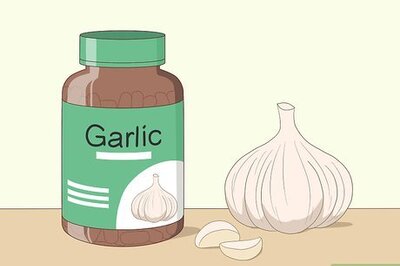
Comments
0 comment